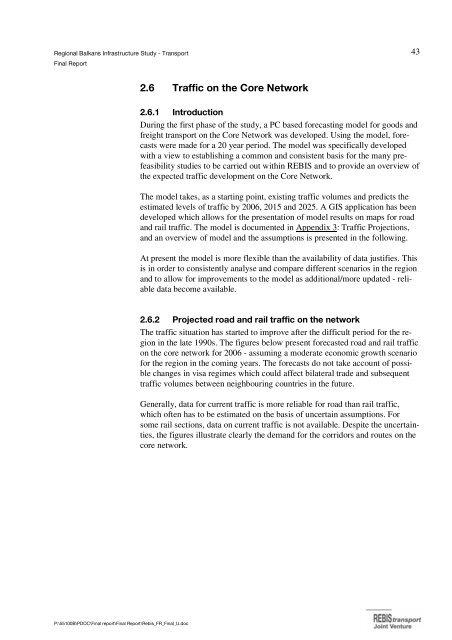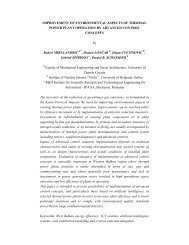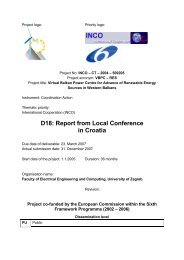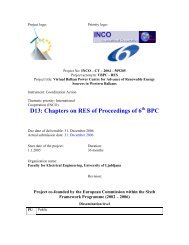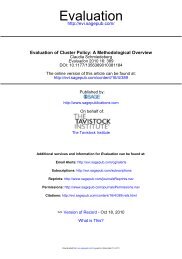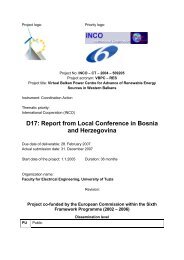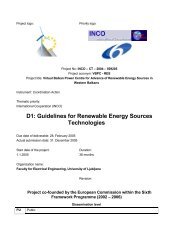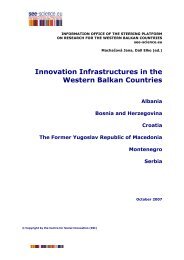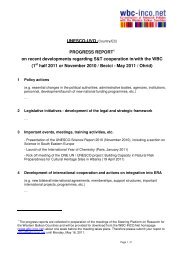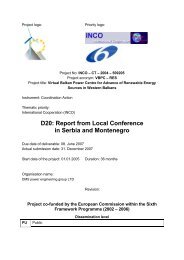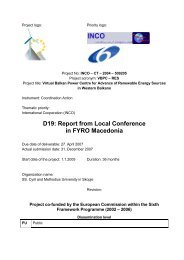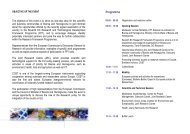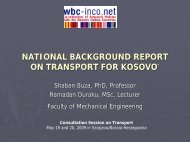Regional Balkans Infrastructure Study Transport - WBC-INCO Net
Regional Balkans Infrastructure Study Transport - WBC-INCO Net
Regional Balkans Infrastructure Study Transport - WBC-INCO Net
You also want an ePaper? Increase the reach of your titles
YUMPU automatically turns print PDFs into web optimized ePapers that Google loves.
,<br />
!" # $ $ $%&<br />
,,<br />
During the first phase of the study, a PC based forecasting model for goods and<br />
freight transport on the Core <strong>Net</strong>work was developed. Using the model, forecasts<br />
were made for a 20 year period. The model was specifically developed<br />
with a view to establishing a common and consistent basis for the many prefeasibility<br />
studies to be carried out within REBIS and to provide an overview of<br />
the expected traffic development on the Core <strong>Net</strong>work.<br />
The model takes, as a starting point, existing traffic volumes and predicts the<br />
estimated levels of traffic by 2006, 2015 and 2025. A GIS application has been<br />
developed which allows for the presentation of model results on maps for road<br />
and rail traffic. The model is documented in Appendix 3: Traffic Projections,<br />
and an overview of model and the assumptions is presented in the following.<br />
At present the model is more flexible than the availability of data justifies. This<br />
is in order to consistently analyse and compare different scenarios in the region<br />
and to allow for improvements to the model as additional/more updated - reliable<br />
data become available.<br />
,, * 6 $<br />
The traffic situation has started to improve after the difficult period for the region<br />
in the late 1990s. The figures below present forecasted road and rail traffic<br />
on the core network for 2006 - assuming a moderate economic growth scenario<br />
for the region in the coming years. The forecasts do not take account of possible<br />
changes in visa regimes which could affect bilateral trade and subsequent<br />
traffic volumes between neighbouring countries in the future.<br />
Generally, data for current traffic is more reliable for road than rail traffic,<br />
which often has to be estimated on the basis of uncertain assumptions. For<br />
some rail sections, data on current traffic is not available. Despite the uncertainties,<br />
the figures illustrate clearly the demand for the corridors and routes on the<br />
core network.<br />
43


